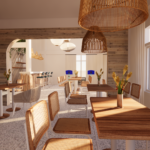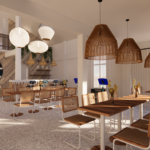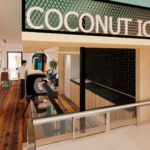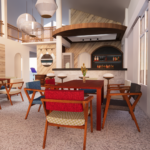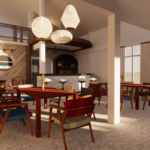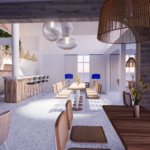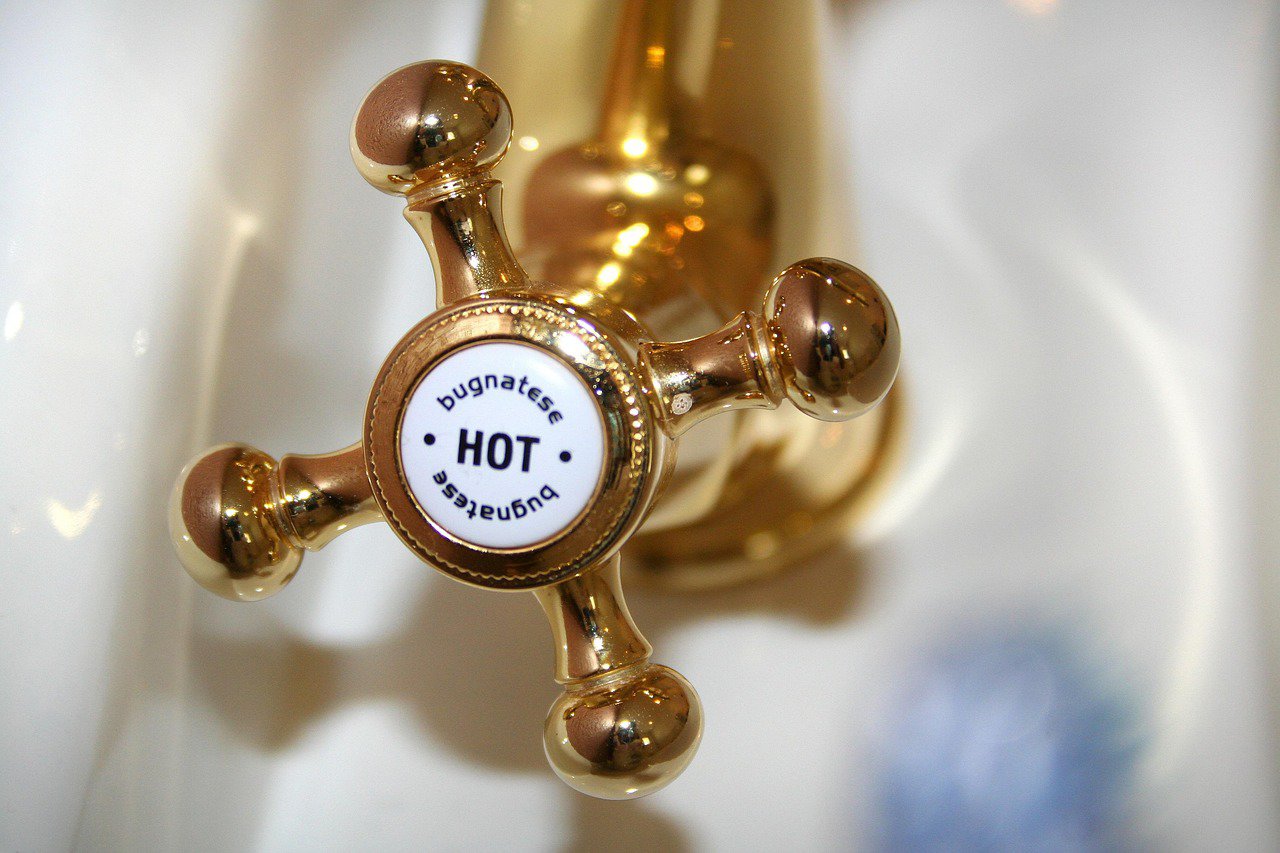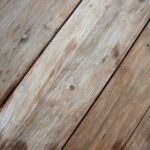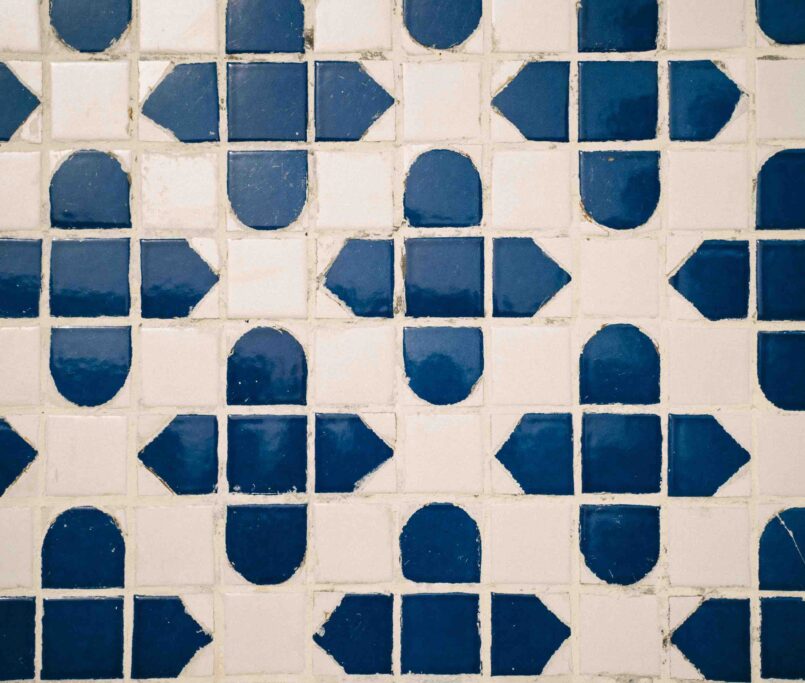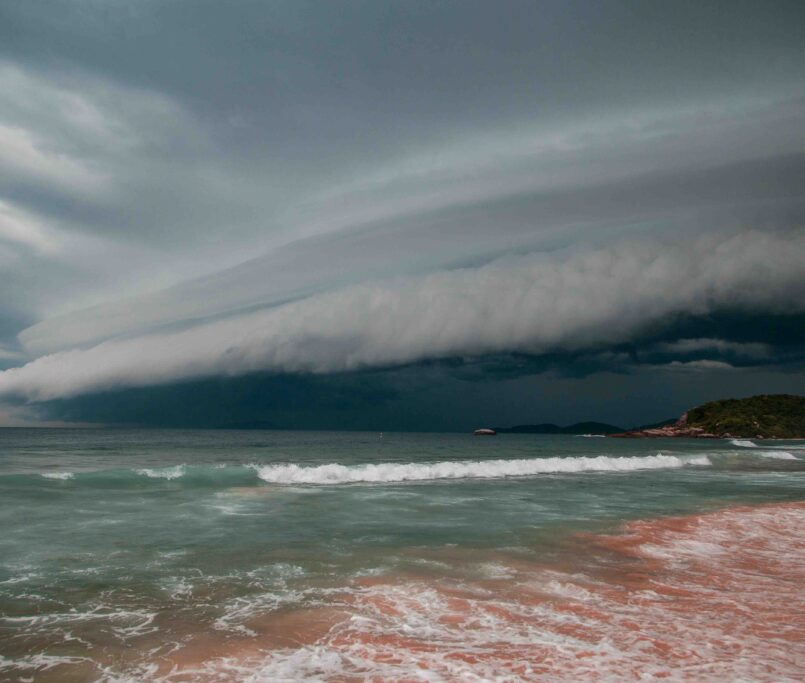Brass fittings have long been associated with high-end bathroom design, bringing weight, warmth and a touch of vintage elegance. In Koh Samui, however, where salt-heavy air, high humidity and variable water quality all work against you, the real question is whether brass can survive and if it is truly worth the effort.
What Brass Brings, and What It Doesn’t
Brass is a copper–zinc alloy prized for its appearance and solidity. It resists corrosion better than many metals if it is properly made, but details matter. Lead-free brass (under 0.25 percent lead) holds up far better in humid bathrooms than cheaper, lead-heavy mixes. In Koh Samui’s environment, where relative humidity reaches ninety percent and salt-laden breezes drift through open windows, lower-quality brass will pit, tarnish or develop green-blue verdigris within a short period.
Quality fittings must be coated. Uncoated brass ages quickly even indoors without adequate ventilation. Finishes such as PVD (Physical Vapour Deposition) create a hard, corrosion-resistant shell that can significantly extend longevity in this environment. Traditional chrome plating fares less well—adequate for city apartments in dry regions, but vulnerable in tropical villas exposed to sea air.
Tip: In bathrooms near the sea or open-air showers, always insist on PVD-coated brass and verify certifications such as WRAS or NSF to ensure a truly lead-free composition.
Brass Compared with Other Materials
In Koh Samui, brass competes most directly with stainless steel, particularly grade 316 which contains molybdenum for enhanced salt resistance. Stainless steel lacks the warm appearance of brass, but it endures corrosion with minimal upkeep. Chrome-plated fittings are inexpensive yet subject to chipping and corrosion in tropical humidity; they may last only two to four years before needing replacement. Plastic fittings are cheap but feel lightweight, become brittle over time under UV exposure, and simply do not suit a premium villa aesthetic.
| Material | Pros | Cons |
|---|---|---|
| Brass (PVD-coated) | Elegant appearance, solid feel, long-lasting with proper care | Higher upfront cost, requires regular cleaning and inspection |
| Stainless Steel (Grade 316) | Excellent corrosion resistance, low maintenance | Cooler, industrial look |
| Chrome-Plated Steel | Budget-friendly | Prone to chipping, corrosion, short lifespan |
| Plastic (PVC/ABS) | Very inexpensive | Brittle under UV, lightweight feel, lower perceived value |
Brass also offers recyclability, which aligns with sustainable design principles. Its substantial feel and capacity for varied finishes—brushed, matte or antique—add a sense of permanence suited to Koh Samui’s luxury-villa aesthetic. However, brass demands more upkeep than stainless steel, requiring frequent cleaning with non-abrasive products to prevent tarnish. In high-humidity bathrooms without strong ventilation, this maintenance can become burdensome compared with low-care alternatives.
Installation and Maintenance Considerations
Proper installation is critical to maximizing the lifespan of brass fittings in Koh Samui. Basin taps should be mounted at 80 to 85 centimetres above the floor for ergonomic use, conforming to standard basin heights. Always use PTFE (polytetrafluoroethylene) tape on threaded joints to ensure leak-free connections, as fluctuating water pressure on the island can strain fittings. For wall-mounted taps, embed supply pipes within corrosion-resistant sleeves to keep moisture at bay.
Maintenance involves weekly cleaning with a mild soap solution and a soft cloth. Avoid acidic or abrasive cleaners that can damage coatings. In coastal areas prone to salt deposits, monthly inspections for pitting or early tarnish are advisable. Outdoor showers, common in tropical villas, must use PVD-coated brass combined with UV-resistant seals to endure direct sun and rain. Although high-quality brass fittings with PVD finishes cost between 2000 and 10000 bhat per unit (with coatings adding more per piece), their longevity often offsets this investment compared with cheaper options that deteriorate rapidly.
Tip: Always request third-party certification (WRAS or NSF) to ensure your brass fittings are truly lead-free and compliant with water safety standards. This is essential when local water quality varies.
Practical Suitability for Koh Samui Villas
Brass fittings excel in well-ventilated indoor bathrooms or sheltered outdoor areas, where their elegance complements tropical villa design. In harsher coastal zones such as Chaweng or Lamai, where salt spray is intense, grade-316 stainless steel may be a safer choice for exposed fittings unless premium PVD-coated brass is specified. Indoors, brass’s natural resistance to mould and its breathable quality make it ideal, provided exhaust fans or cross-ventilation keep humidity levels under control. In poorly ventilated spaces, condensation accelerates tarnish, making regular maintenance essential.
Compared with ceramic fixtures—which are durable but limited in design flexibility—brass offers a broader range of styles. Yet its higher cost and upkeep requirements demand careful consideration. For a balanced approach, many villa projects combine brass for statement elements such as basin taps with stainless steel for high-exposure areas like outdoor showers, balancing aesthetic appeal, durability and budget.
Conclusion
Brass fittings can deliver beauty and durability in Koh Samui villa bathrooms if you select high-quality, lead-free alloys with robust PVD coatings. Their timeless appearance and recyclability appeal to homeowners seeking elegance and sustainability. However, brass does require diligent maintenance to withstand the island’s humidity and salt air. By choosing certified products, ensuring expert installation and committing to routine care, you can enjoy the best of brass without constant worry.
For more tropical design insights, visit our blog or contact us. Follow Nay on YouTube for practical, location-specific advice from Koh Samui.

